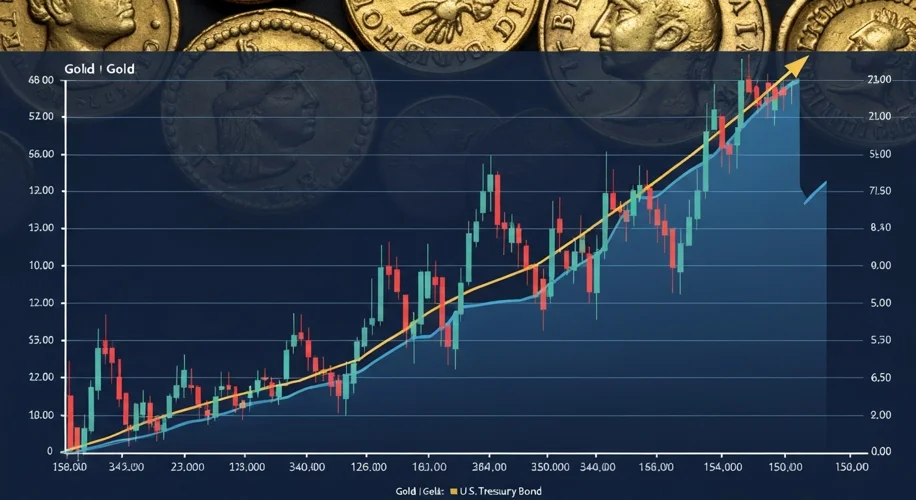For the first time in three decades, central banks around the globe are holding more gold than U.S. Treasuries. This seismic shift in international finance, occurring today, August 31, 2025, echoes a distant past when the glint of gold was not just a symbol of wealth, but the very foundation of global commerce. To understand this modern pivot, we must journey back to a time when the world ran on a different kind of standard – the gold standard.
Imagine a world where money was not just paper and ink, but tangible metal. From ancient times through much of the 19th and early 20th centuries, the gold standard reigned supreme. Nations pegged their currency’s value directly to a specific quantity of gold. This meant that a dollar, a pound, or a franc could, in theory, be exchanged for a fixed amount of gold held by the government. This system offered a perceived stability, anchoring economies and fostering international trade with a common, universally accepted measure of value.

Central banks, as custodians of national wealth, were the primary holders of this precious metal. They maintained gold reserves to back their currency, ensuring confidence and facilitating international payments. During this era, the notion of central banks holding more gold than government debt like U.S. Treasuries would have been the norm. In fact, U.S. Treasuries as we know them today, a widespread and dominant reserve asset, were not as significant a factor in global reserves until much later.
The true seismic shift began in the 20th century. The pressures of two World Wars, immense government spending, and the desire for economic flexibility led nations to abandon the gold standard. The Bretton Woods Agreement in 1944 attempted to re-establish a form of gold convertibility, with the U.S. dollar as the primary reserve currency, pegged to gold. However, by 1971, President Nixon severed the dollar’s final link to gold, ushering in the era of pure fiat currencies, where value is based on government decree and market confidence, not a physical commodity.
In the decades that followed, U.S. Treasuries emerged as the world’s premier safe-haven asset. Their perceived stability, liquidity, and the sheer size of the U.S. economy made them the go-to reserve for central banks. For thirty years, this trend held firm. But economics, like history, is cyclical. Several factors are now contributing to this re-evaluation of assets.
Geopolitical shifts, concerns about the U.S. dollar’s long-term dominance, and a desire for diversification have led many central banks to re-examine their holdings. The persistent inflation seen in recent years has also made the tangible, finite nature of gold increasingly attractive as a hedge. Furthermore, the increasing economic power of nations outside the traditional Western sphere has led to a redistribution of global wealth and, consequently, reserve assets.
This move back towards gold is not merely a financial decision; it’s a narrative woven through the history of human civilization. Gold has been revered for millennia, a constant in a world of flux. Its re-emergence as a dominant reserve asset for central banks signifies a deep-seated human intuition, a recognition that even in our technologically advanced age, the primal allure and intrinsic value of gold continue to resonate. It’s a potent reminder that while economies evolve, the ancient quest for security and stability, often found in the gleam of this enduring metal, remains a powerful, guiding force.

